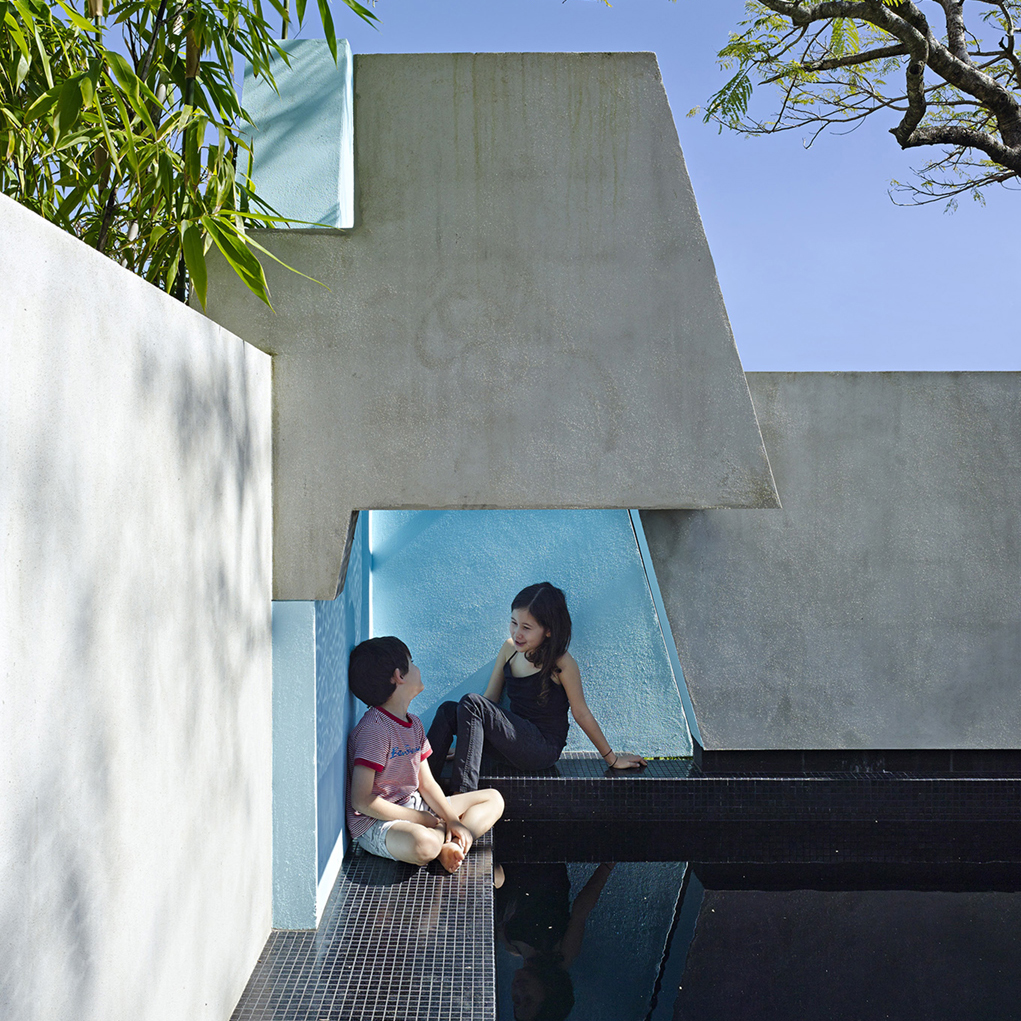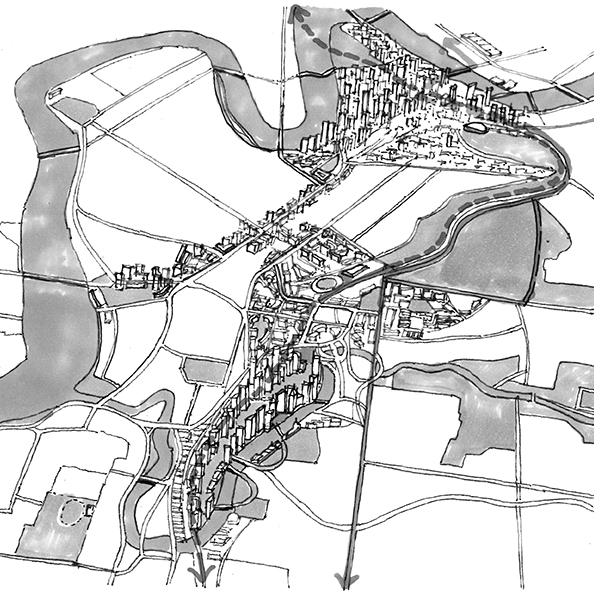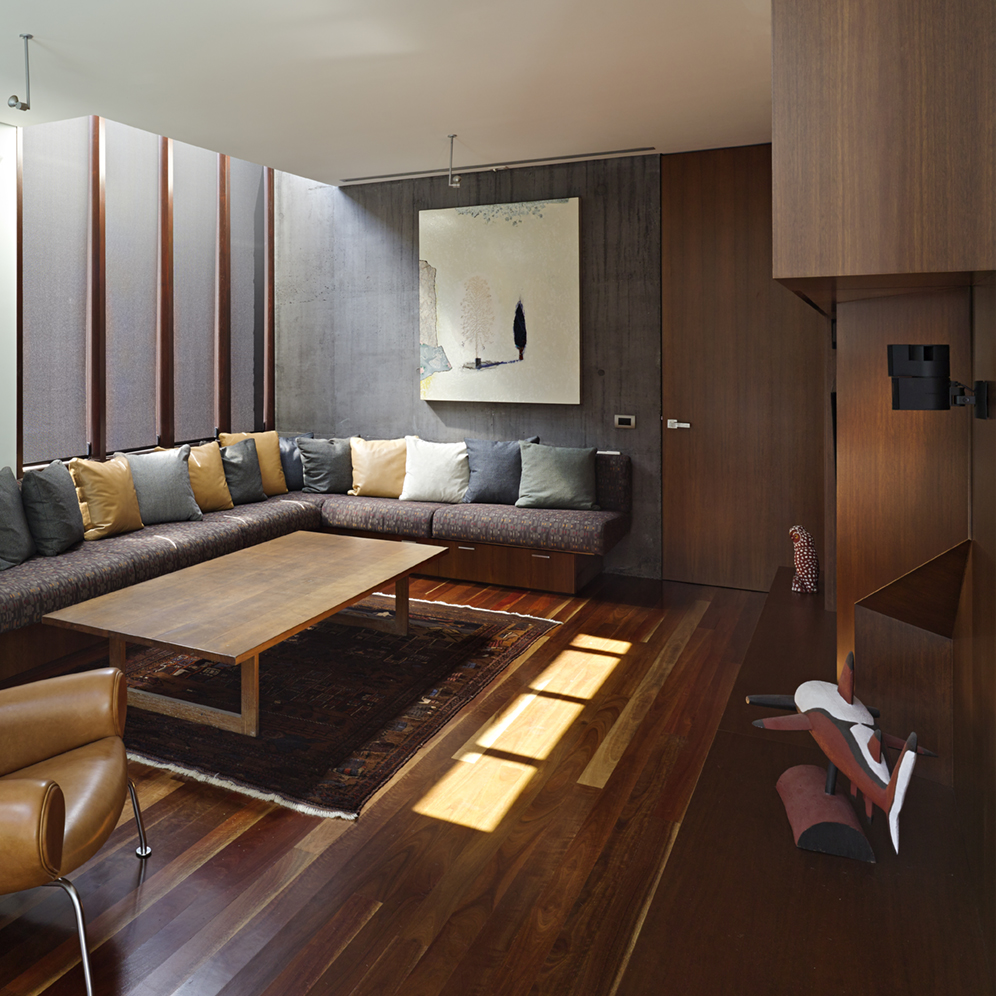Ethos
We practice architecture, urban design and interior design because the process of each inform the others.
We practice architecture, urban design and interior design because the process of each inform the others.

Architecture is the sheer pleasure of enhancing the way people live and work – whether for an individual, a family, an organisation, a community or city – through the art of designing buildings.
We see ourselves as interpreters of wants and needs both explicit and unrealised. We see the places we create as enablers rather than determinants of interaction and engagement. We impart quality and diversity of experience, and we use our experience to create more than what was thought wanted.
There are numerous ways we do this, firstly by gaining deep appreciation of the client’s rationale and aspirations for the project.
We look then to various sources of inspiration – nature, art and context being the most pervasive. As we evolve a design, we consistently look to structure and materiality to give coherence and tactility. The latter infers our passion for crafting details and surfaces, for which we have formed lasting relationships with fabricators.
Gestalt theory argues that the whole is greater than the sum of its parts. While we embrace this as an attitude, we see each part of a building contributing in its own way to experience within the whole.

Urban design is the art and science of designing environments larger than a single building or space. It concerns how places are connected, the quality of spaces between buildings, and their contextual fit.
Urban design also involves imagining how cities will adapt to changing and emerging influences over time, in particular to climate change but also to occurrences like terrorism and pandemics.
Thirdly, urban design is synchronous with urban economics. We have been especially interested in recent years in enabling cities to nurture their knowledge economies through shared accumulated knowledge and innovation.
Correlated to this are five related aspects of cities which will, we believe, underpin their future prosperity and wellbeing – accessibility, mobility, connectivity, affordability, and equitability.
It is at the city and precinct scale where climate change impacts will be most effectively addressed. Even though individual buildings can be important contributors, we believe whole cities can be powered by solar and hydrogen energy (buildings and vehicles) and we should be pushing hard in this direction, among other strategies.
For Australian cities and towns, the ability to respect, include and embrace First Nations People is most effective also at precinct scale, acknowledging traditional ownership in public spaces in particular. This has also become focal to our work through a series of partnerships.

Interior design is an increasingly critical part of our practice due to its specialist ability to shape spaces and amplify experience of spaces. It is not, in our practice, a discipline that comes on late in the design process, but rather as inherent to a process of designing “inside-out”.
It is simple fact that the vast majority of people spend more time inside than out, whether it be at a workplace, at home, at university or school, in shopping centres and restaurants, and in entertainment venues, some in hospitals, aged care facilities and hospices. Each of these requires a specialist expertise and particular approach to design.
Universal, however, is that interior design concerns how people move through and between spaces, and what they experience from urban design and architecture, and certainly no less important.
Much of our focus is on inside-outside relationships, especially in Brisbane’s subtropical climate, and we are evolving ways for high-rise commercial buildings to open out to the environment. Another focus is on crafting of details and materials, recognising that the smallest element can dramatically enrich experience and character.
Our interior designers do not form a department. They sit and work beside our architects so that the disciplines intersect every day.